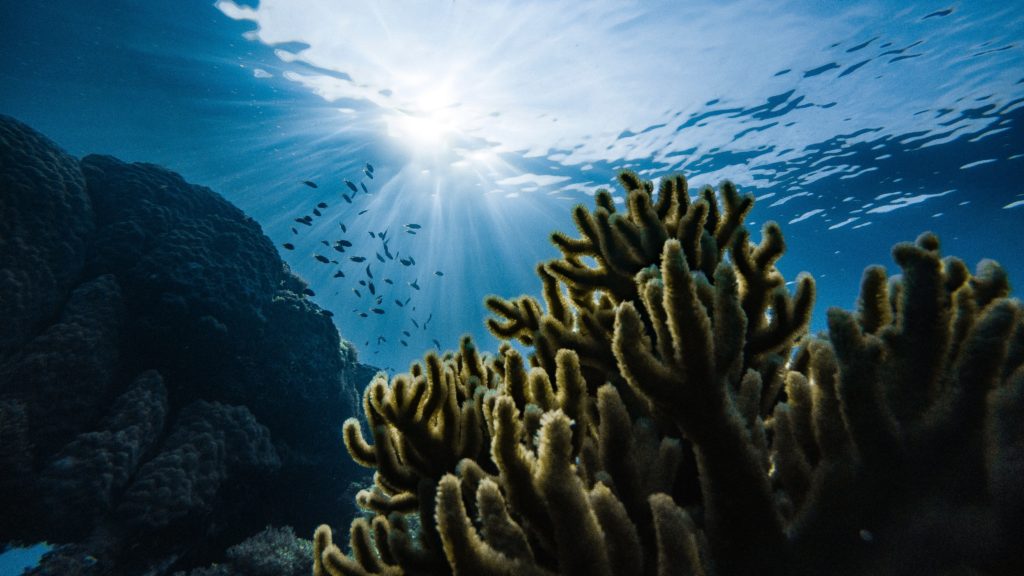The people and the governments of the world are beginning to understand the severity of the climate crisis. New policies are being introduced in local, national, and even global policies. A significant focus of these new environmental policies is renewable energy initiatives. Solar panels are one of the most popular solutions, and they are a resource that residential and commercial buildings can install. They have also been more affordable than alternatives such as windmills or nuclear power plants.
However, a battery shortage has quickly put hard breaks on several “green” initiatives. Batteries are essential for solar panels, electric cars, and wind turbines. The battery shortage has been affecting the renewable energy industry, which has quickly meant that many regions have to slow down on updating buildings, public transportation and incentivizing the switch to personal electric vehicles. However, a discovery at the bottom of the ocean may change everything.
In 1876, a polymetallic nodule was found on the ocean floor for the first time. Then decades later, trillions of them were identified among coral reefs, anemones, sponges, octopuses, and so much other ocean life. These nodules are metallic deposits made up of copper, manganese, cobalt, and nickel, some of the most important metals that go into making batteries. These form over thousands of years as mineral deposits accumulate around things like shark teeth or fish bones. Mining companies have already begun to apply for licenses to mine the ocean floor, with Gerard Barron, CEO of the mining company, Metals Company, arguing that there is enough cobalt and nickel that can just be “scooped up” that it could power 4.8 billion electric vehicles, which is more than double the number of cars we have on the roads today.
However, the extent of deep-sea mining could also have detrimental effects on the ocean ecosystems that will ripple through the rest of the world. Conservationists, marine biologists, environmentalists, and scientists worldwide are arguing about how to best proceed with this discovery. Many say that we do not know enough to decide either way, while others are pointing to a simulation run in 1989. Scientists ran a deep-sea mining simulation and found that marine life never recovered. And there is still so much that we don’t know about life in the deep sea. A ghostly white octopus and an armored snail are just two species that we only recently discovered. How do we know what effects mining the ocean for batteries may have if we don’t even know what lives down there?
Others argue that we should just recycle existing batteries and metals to create new ones. However, with the current policies for retrofitting vehicles, businesses, and homes with renewable energy, by 2035 we would only recover enough metal for 35 to 40% of the batteries we need through recycling. Furthermore, miners are arguing that terrestrial mining is more disruptive to ecosystems than deep-sea mining. Not to mention that the quality of ore that is currently being mined terrestrially is quickly deteriorating while getting increasingly more expensive. With the World Bank estimating that with the projected demand for renewable energy, we will need to increase cobalt production by 500% by 2050, we need another solution.
Although there has been a stalemate over what the least damaging decision is, the members of the IUCN recently voted on a moratorium on deep-sea mining until more research is conducted to understand the ecosystems in place and the effects mining the nodules could have. Eighty-one members, a vast majority, voted in favor of the moratorium. Although lithium batteries are another option, lithium mining also has detrimental effects on the environment. Either way, we must decide soon, what costs will the planet pay for the mistakes of our past in our race to fix them?
Get more like this—Sign up for our daily inspirational newsletter for exclusive content!
___
Photo by Marek Okon on Unsplash





